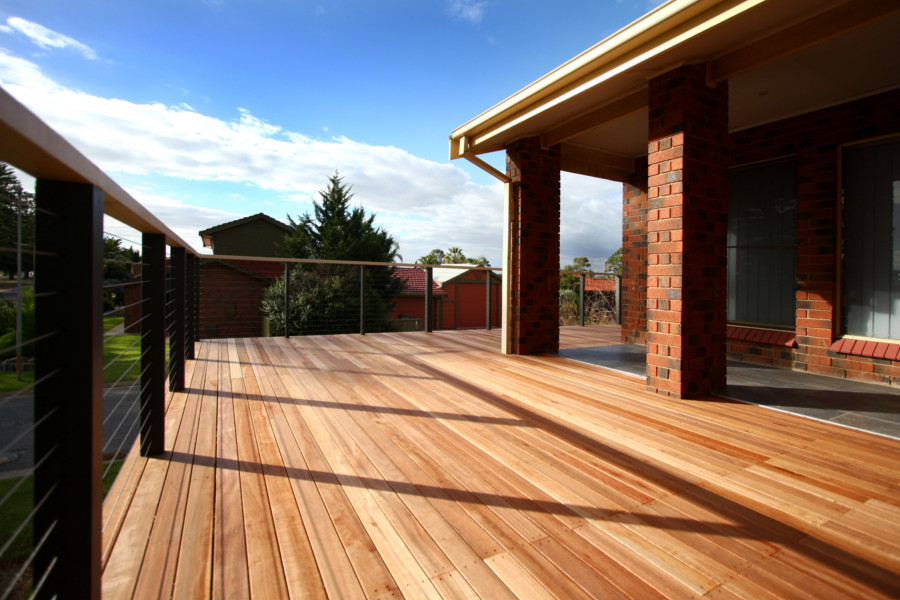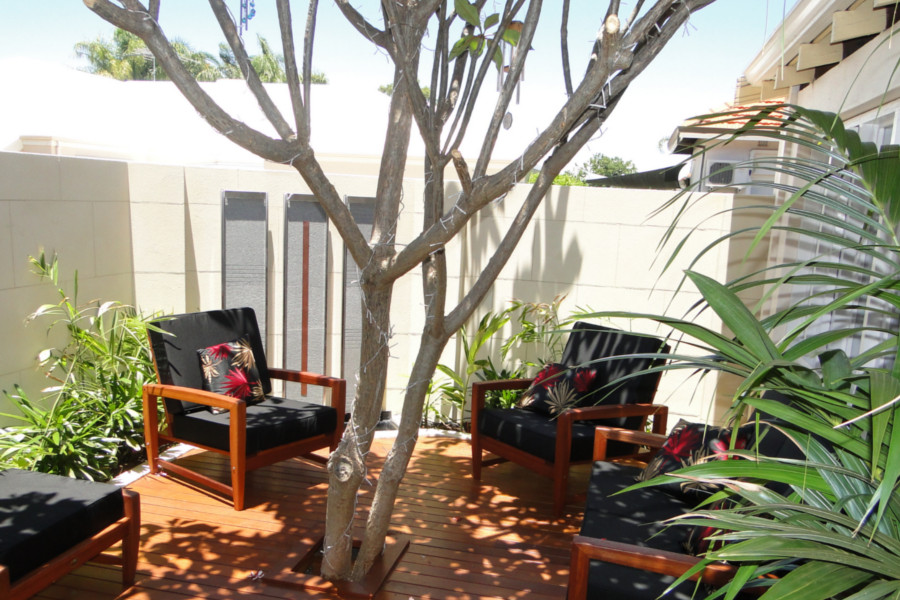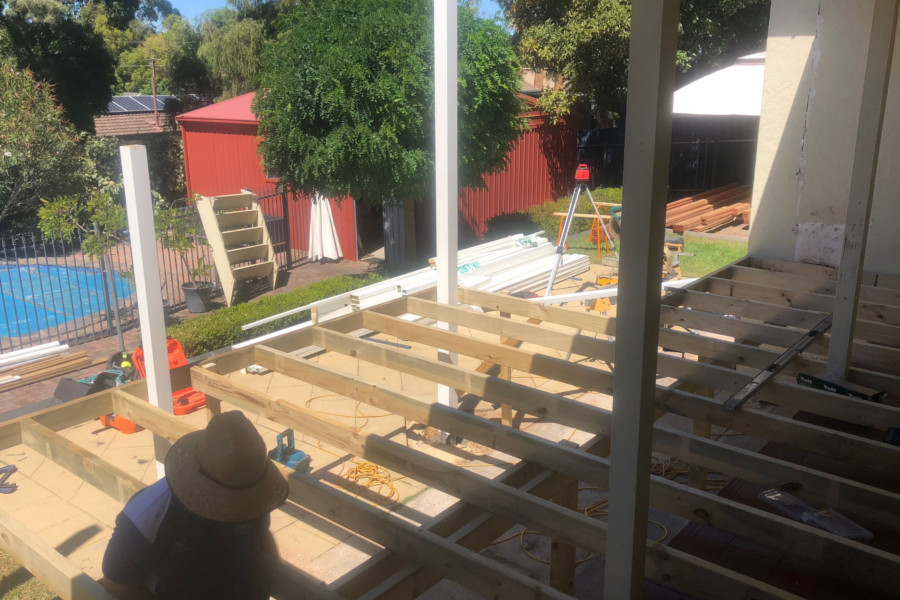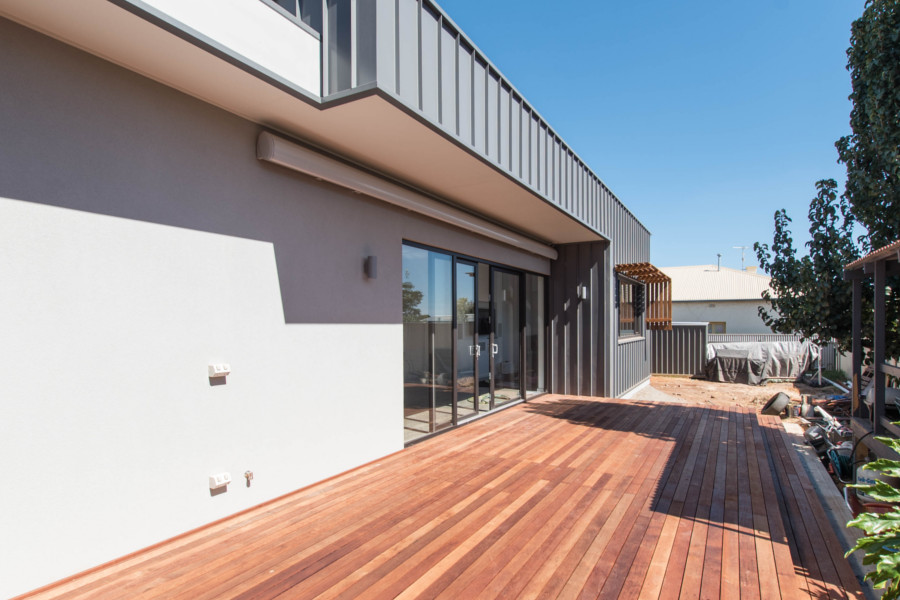
Spotted Gum decking is one of the popular choices for those building outdoor living extensions. The timber possesses remarkable properties that make it a desirable material for a wide range of applications and structures.
“Spotted Gum,” to begin with, refers not to a single tree species, but to a group of timbers belonging to the genus Corymbia and includes the species Corymbia henryi (the large-leaf Spotted Gum), Corymbia maculata and the lemon-scented Corymbia citriodora and its equally aromatic subspecies variegata. These trees grow straight and tall and possess a smooth bark that tends to shed in distinct patches (hence the name, “Spotted Gum”).
Timber from Spotted Gum is somewhat coarse and uneven in texture. Its wavy grain gives it a characteristic fiddleback pattern and distinct gum veins, called kino. The wood itself feels slightly greasy making the timber easy to shape and bore.
It is quite durable and strong; it is the primary timber used to make handles for tools and implements that are continuously subjected to high impact. It is also relied upon for constructing bridges, wharves and other engineering applications. It does not “bleed” as much as other hardwoods (such as Merbau, for example) and is therefore used extensively in indoor and outdoor furniture. Add exceptional termite resistance and the fact that Spotted Gum is one of only seven species that satisfy Australia’s standards for fire resistance.
And Spotted Gum looks great, too. With a rich assortment of hues ranging from light brown to deep red, this material can aesthetically complement any design. This makes Spotted Gum a great decking option.
Softwoods
Softwoods is an independent, family owned company that has been trading for over 30 years. In that time we’ve worked hard to build a business that we’d like to deal with if we were building in our own backyards. We’re community minded, environmentally conscious, and always focused on our customers experience.
ABN: 49 076 530 848
Our Locations
573 Port Road, West Croydon SA 5008
Phone (08) 8346 1499
Email [email protected]
493 Wright Rd, Modbury SA 5092
Corner Wright & McIntyre Roads
Phone (08) 8396 4044
Email [email protected]
28 O’Sullivan Beach Road
Lonsdale SA 5160
Phone (08) 8384 5133
Email [email protected]
Suite 15 Plaistowe Mews
102 Railway Street
West Perth WA 6005
Phone 1300 737 465
Copyright © 2024 Softwoods • Pergolas, Decking, Fencing, Carports, Roofing • Site by Adelaide Websites
© 2025 Softwoods - Pergola, Decking, Fencing & Carports, Roofing.



